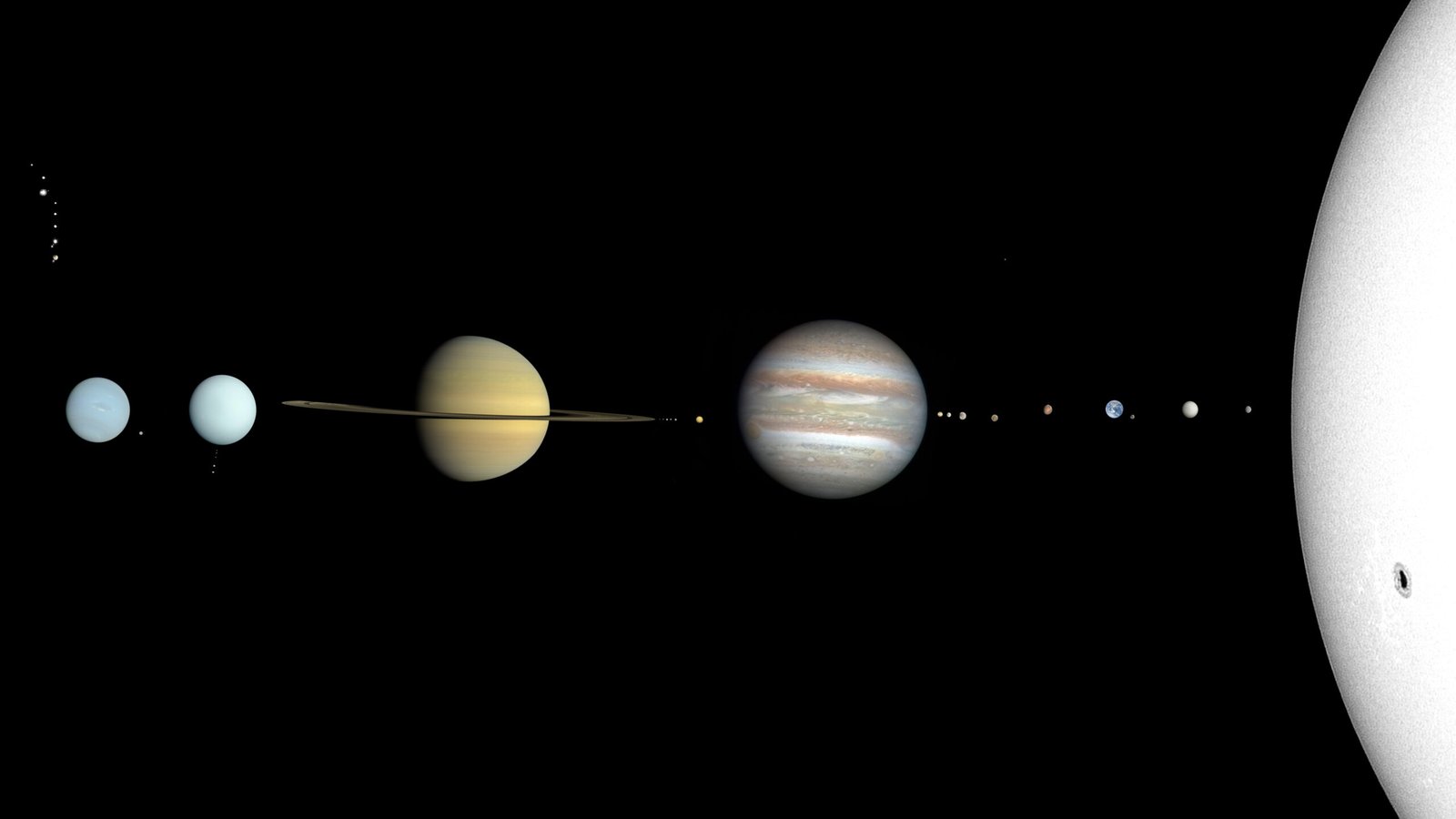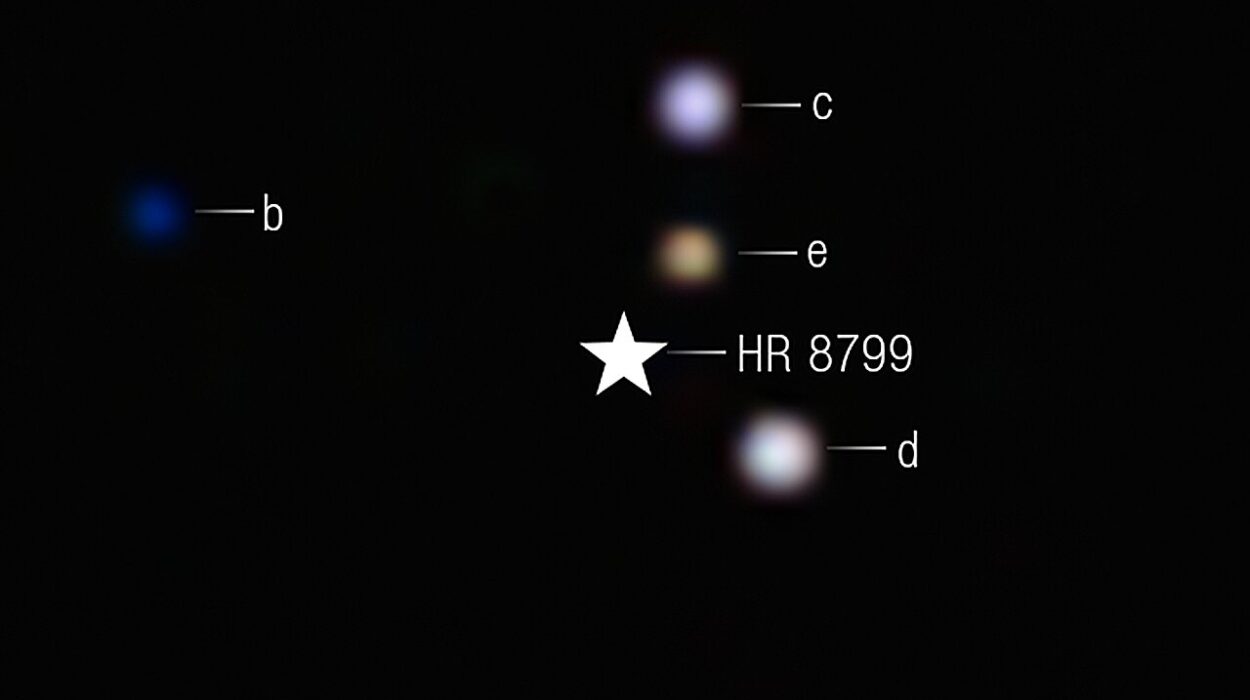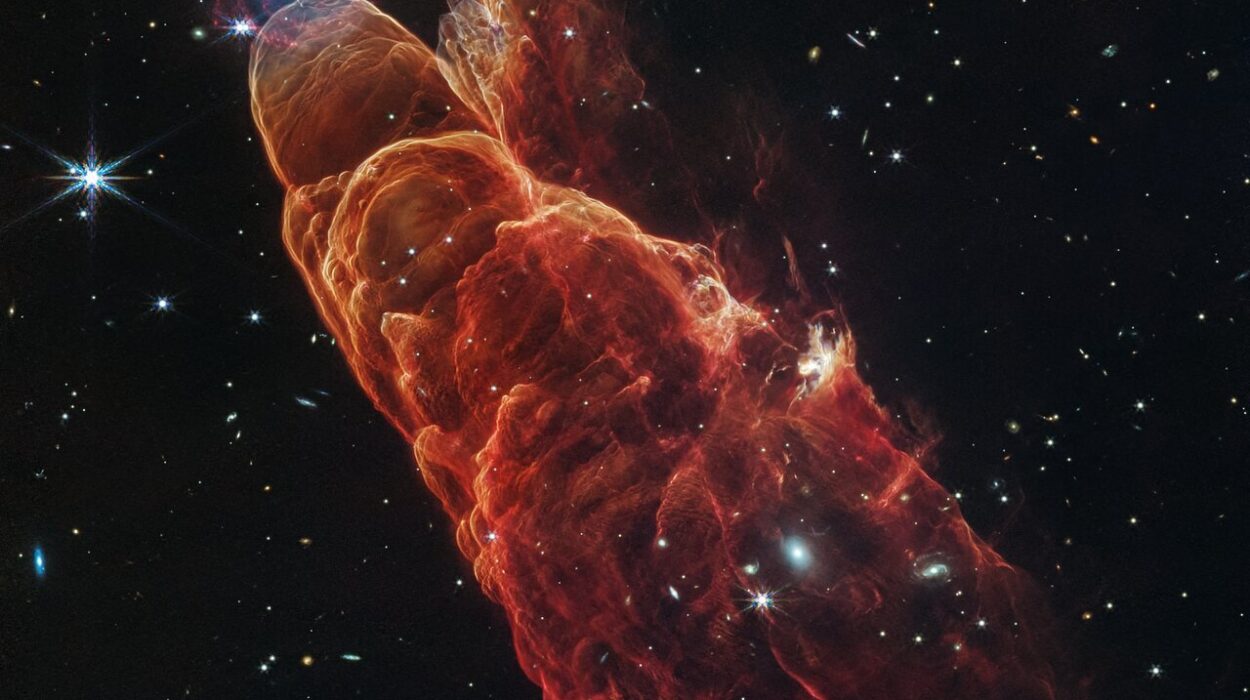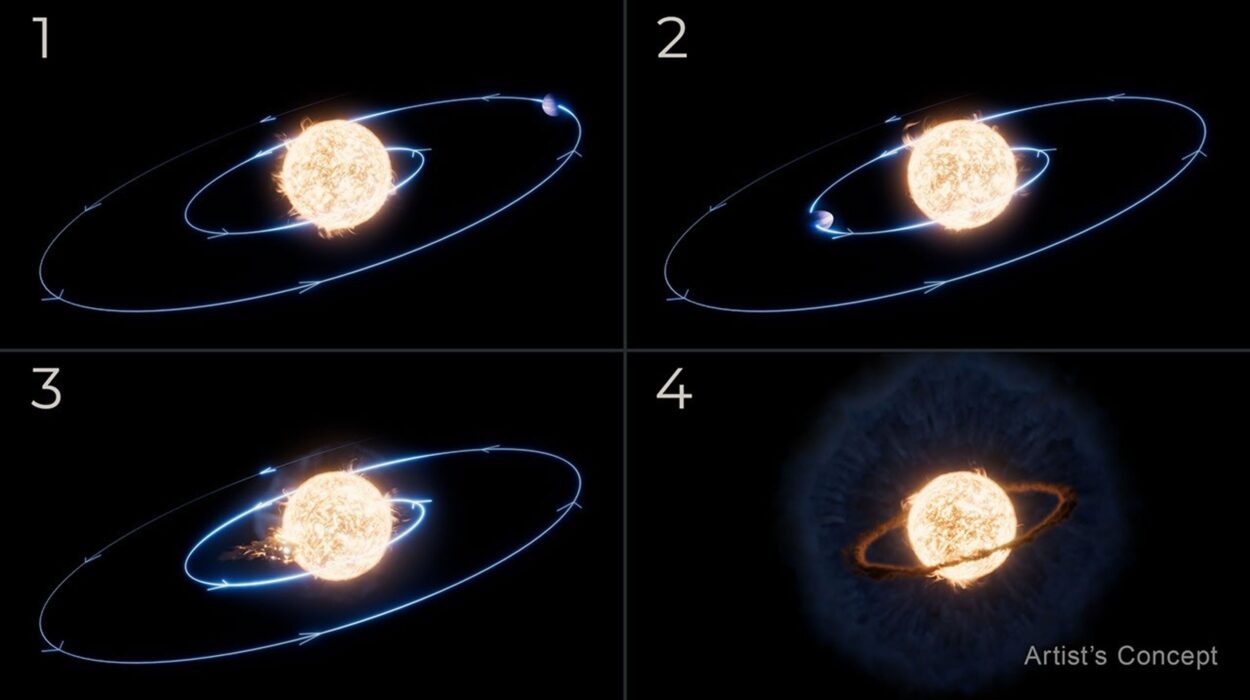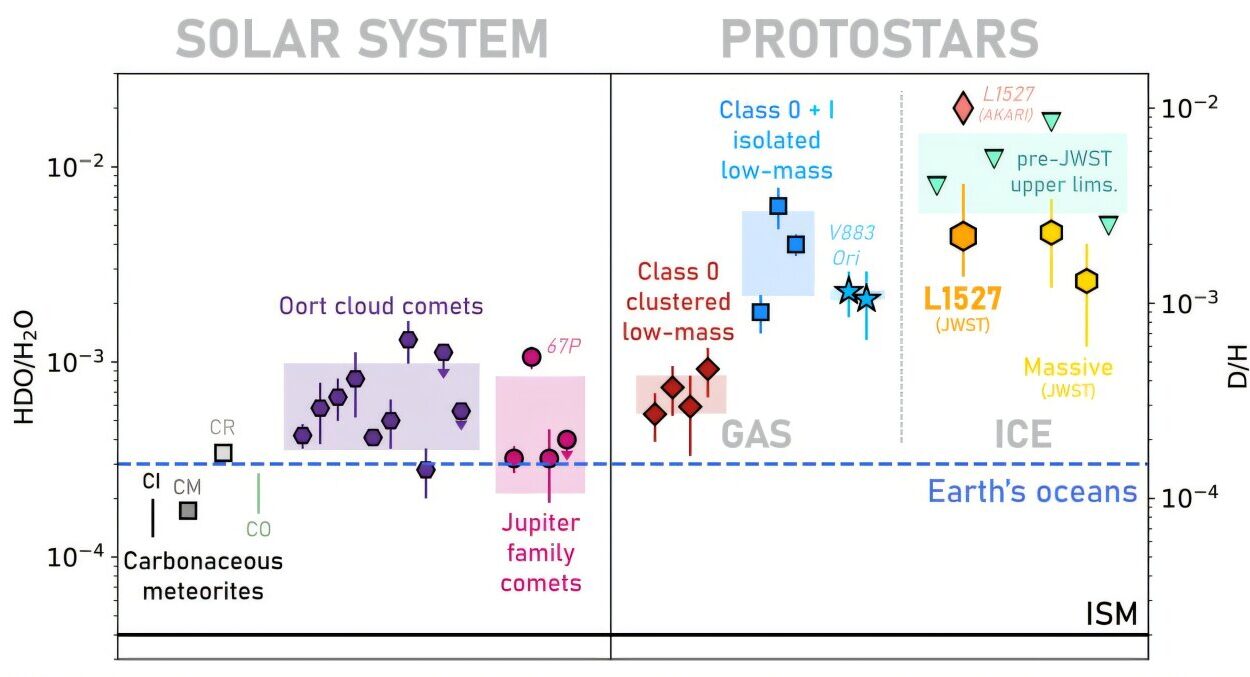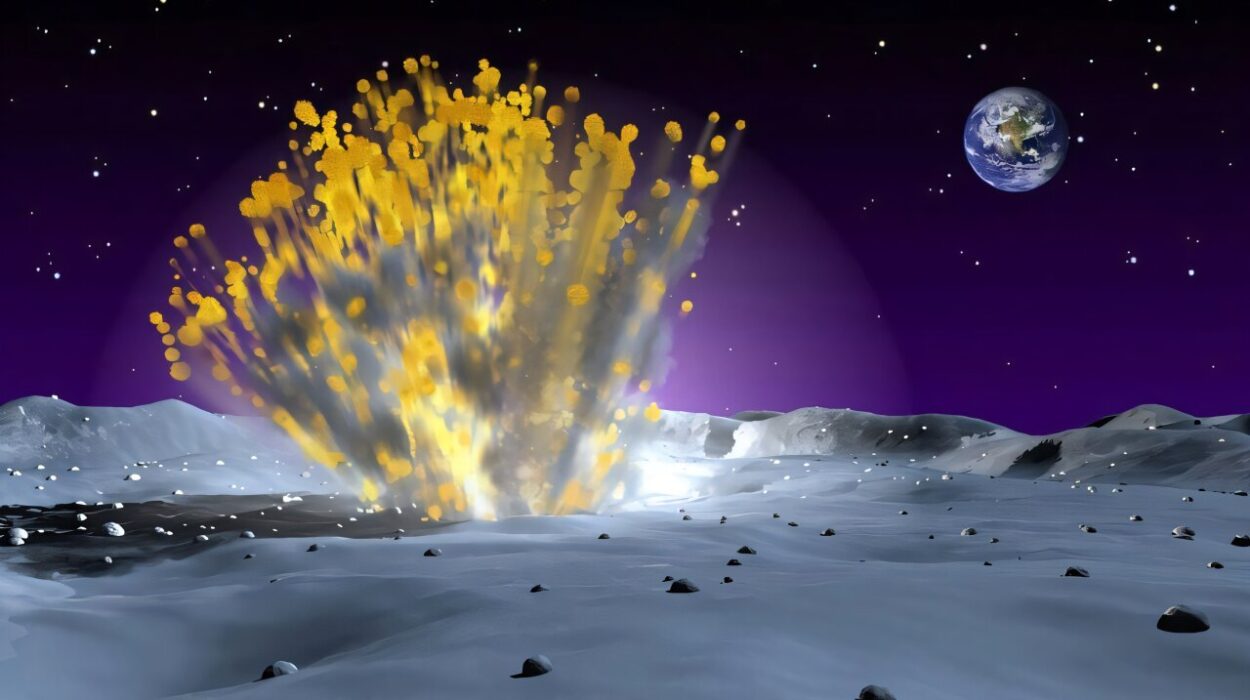Emily Simpson’s fascination with space began at the age of 10 when she celebrated her birthday at a planetarium. The wonder and allure of the cosmos captivated her from then on, and that childhood fascination has evolved into a career that blends scientific inquiry with her lifelong passion for astronomy. Recently, Simpson graduated from Florida Tech with a dual degree in planetary science and astronomy, along with a significant academic achievement: the publication of her research in the prestigious journal Icarus. Her work, which explored a hypothetical scenario of our solar system having an additional planet between Mars and Jupiter instead of the asteroid belt, offers a fascinating glimpse into alternate possible worlds and their implications for planetary habitability.
The research paper, titled “How might a planet between Mars and Jupiter influence the inner solar system? Effects on orbital motion, obliquity, and eccentricity,” was co-authored by Simpson and her advisor, Assistant Professor of Planetary Science Howard Chen. Their innovative study involved developing a 3D simulation model to explore how adding a planet—dubbed a “super-Earth”—to our solar system could have influenced the dynamics of our solar system, particularly the habitability of the inner planets: Venus, Earth, and Mars.
To comprehend the significance of this research, it’s necessary to understand some key concepts in planetary science. In the actual solar system, between Mars and Jupiter, there is an asteroid belt—a vast region filled with small rocky bodies and dwarf planets. But what if, instead of this belt, there had been a planet? More specifically, a planet that was at least twice the size of Earth, or a super-Earth, could the solar system have evolved differently? What impact would this have had on the planets within the inner solar system?
Simpson’s study posed these questions and laid out a conceptual framework to answer them. She constructed a series of 3D models to simulate the orbits of the solar system’s planets with a hypothetical super-Earth in place of the asteroid belt. She examined five different scenarios with planets ranging in mass from as little as 1% of Earth’s mass to a planet that is 10 times the size of Earth, tracking changes over two million years.
A significant part of the investigation was to understand how the orbital properties of these hypothetical super-Earths might alter the solar system’s structure. Key aspects of planetary dynamics were explored, including obliquity and eccentricity. Obliquity refers to the tilt of a planet’s axis and affects the seasonal climate and temperature variations. A greater tilt leads to more extreme seasons, while a lower tilt results in milder seasonal changes. Eccentricity refers to how much a planet’s orbit deviates from a perfect circle. Higher eccentricity means a more elongated, elliptical orbit, which results in uneven seasonal lengths and temperature shifts throughout the year. A planet’s obliquity and eccentricity are both crucial to understanding how conducive the climate might be for life.
The results from Simpson’s simulations were both fascinating and enlightening. The findings showed that lower-mass super-Earths, corresponding to planets between 1% and 2 times the size of Earth, produced only slight perturbations in the inner solar system. While some changes in obliquity were observed—Mars, for instance, experienced a slightly greater wobble on its axis—the overall structure of the inner solar system did not dramatically change, and the planets remained habitable. As Howard Chen succinctly put it, even with planets up to 2 Earth masses, the inner solar system would “still remain quite nice,” with only small temperature shifts affecting summer and winter conditions. The presence of a slightly wobbling Mars did not result in any substantial climate extremes.
However, the influence of these hypothetical super-Earths began to present more challenging and potentially catastrophic consequences when the mass of the planet was increased. As Simpson and Chen modeled the effects of a super-Earth planet 10 times the mass of Earth, they found more drastic outcomes. High mass resulted in a planet system where obliquities and eccentricities were pushed to extremes, causing potentially disastrous temperature fluctuations between seasons. A planet this large would exert considerable gravitational forces on the inner solar system, altering planetary orbits to the point where Earth’s orbit could have been pushed closer to Venus, beyond the habitable zone. This would have created extreme temperature conditions unfavorable to the existence of life as we know it.
While these simulations are purely hypothetical, they have profound implications for astrobiology and the study of planetary habitability. For years, astronomers have been discovering exoplanets—planets orbiting stars beyond our solar system—and some of these exoplanets are super-Earths, much larger than Earth but potentially capable of harboring life. The results of Simpson’s study suggest that understanding the size and mass of planets in other systems is crucial in determining their potential for supporting life. If a super-Earth is too massive, it could create chaotic, uninhabitable conditions for any life that might try to exist on nearby planets.
Since the discovery of the first exoplanet in 1992, scientists have been fascinated with how common solar systems might be in the universe. How often do we find systems that resemble our own? And could life exist elsewhere under conditions similar to those on Earth? Many of the systems astronomers have identified are much more compact than our solar system, meaning the planets are much closer to their host star, and super-Earths are common in these systems. By studying the potential outcomes of a solar system with an additional planet between Mars and Jupiter, researchers can better assess which planetary arrangements are more likely to harbor life, helping guide future exoplanet research and observations.
Through her work, Simpson was able to model how a slight alteration in the structure of our solar system—such as the presence of a super-Earth—might influence habitability in our solar system. This, in turn, provides valuable insights for scientists aiming to understand the conditions under which life might thrive in other planetary systems. As Simpson herself points out, “If we discover a solar system-like system, but with a slightly different history—where instead of the natural belt, there is a planet—could that planet system’s inner regions still be hospitable? The answer is it depends on how big the planet is.”
Simpson’s research helps us consider not just the architecture of our own solar system, but also that of distant worlds. It sheds light on how subtle changes in the size and arrangement of planets can influence the habitability of a planetary system, whether here or in distant star systems. If the planets within our solar system had evolved differently, the Earth we know and the life it supports might not have come to be. Through her study, Simpson provides a glimpse into this “alternate fate,” contributing to the ongoing search for life beyond Earth, and how the conditions necessary for life may or may not exist elsewhere in the universe.
Reference: Emily Simpson et al, How might a planet between Mars and Jupiter influence the inner solar system? Effects on orbital motion, obliquity, and eccentricity, Icarus (2024). DOI: 10.1016/j.icarus.2024.116364
